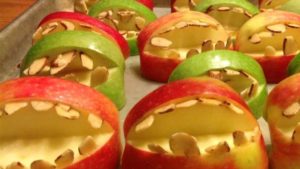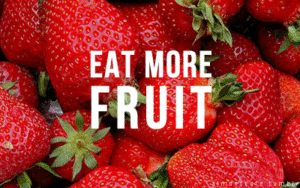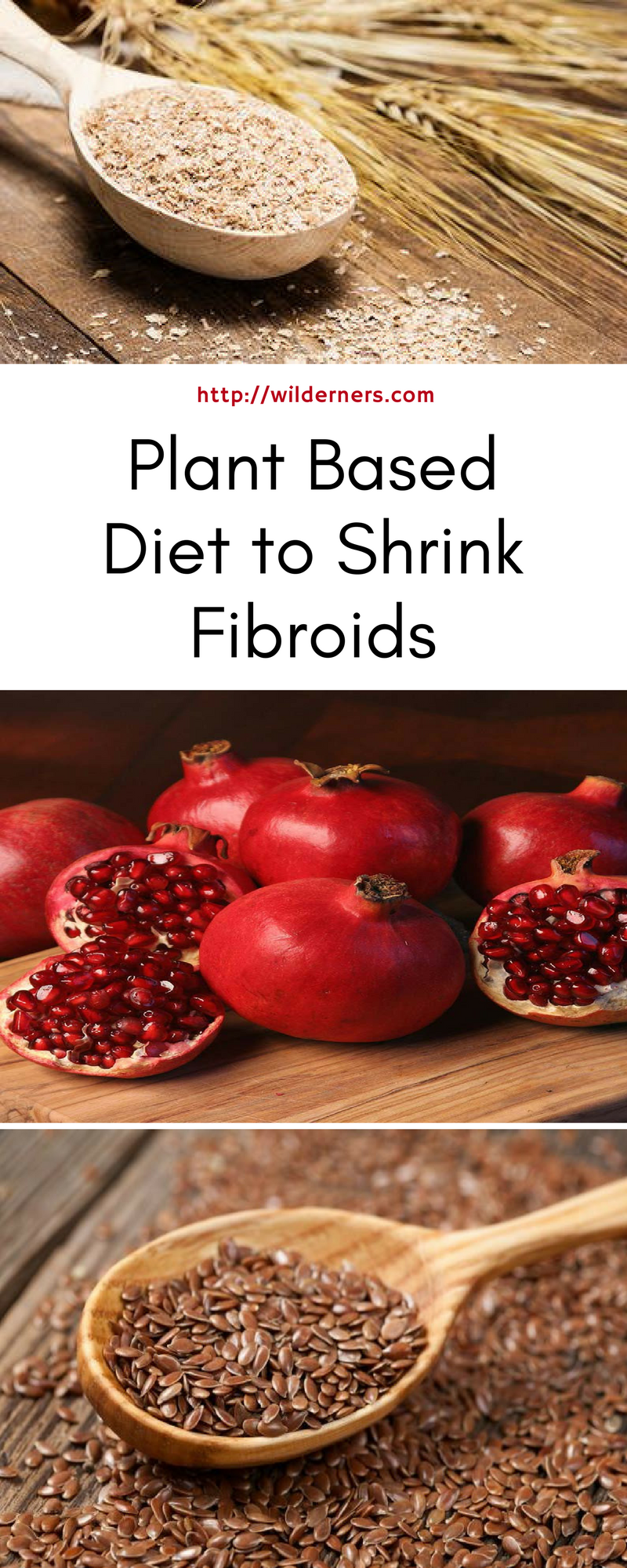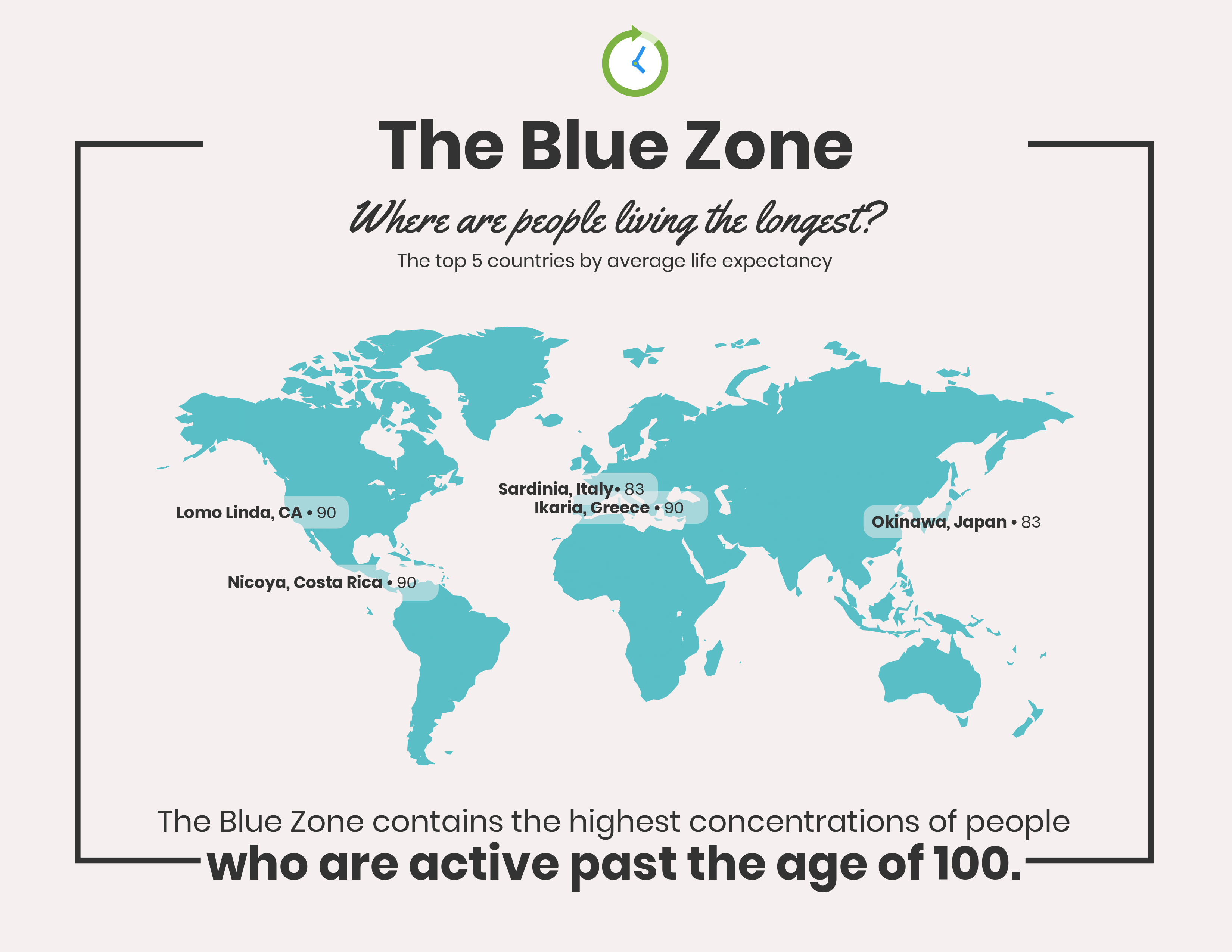
For a long time, studies 1 2 have shown that drinking sugary carbonated drinks causes tooth wear (where the enamel breaks down and the underlying dentine becomes exposed). However, (A) what about eating fruit, a central part of the WFPB diet, with meals and between meals and (B) what about cleaning teeth immediately after eating fruit – protective or destructive of that essential dental enamel layer?
A 2017 study 3 looked at both questions, (A) and (B), and came up with some interesting findings.
Study method
This was a case-controlled study that looked at 600 individuals who answered a detailed questionnaire and were then closely questioned by the researchers about their habits in relation to timing and frequency of both fruit consumption and teeth cleaning. They also analysed their consumption of acidic beverages, such as carbonated sugary soft drinks (Coke etc) and fruit juices.
Study findings
Unsurprisingly, they found that there was a strong association between tooth wear and drinking acidic beverages, whether or not they were consumed with or between meals.
They also found that there was no apparent relationship between tooth wear and eating fruit with a meal.
However, they found that there was a significant increase in tooth wear for those who regularly eat fruit between meals.
A bit of a surprise, since having fruit as a snack is a central part of so many people’s healthy diets.
Finally, they concluded that there was no significant relationship between tooth wear and cleaning teeth within 10 minutes of fruit consumption.
This, again, was a bit of a surprise since the conventional thinking has been that we should leave at least half an hour between consuming fruit (or any acid-forming food/beverage) and cleaning teeth, largely because it’s thought the former ‘softens‘ the latter for a short period of time, and so it’s best to wait for the enamel to ‘re-harden’ before brushing.
Discussion
Children and soft drinks
The UK Child Dental Health Survey of 1993 4 revealed that dental erosion was a problem in children, with acidic dietary components (foods and drinks) thought to be the main causal factors.
Following on from this, a May 2000 study 5 found that children with most dental erosion drank acidic beverages a lot more frequently than children without such erosion. They also drank significantly less milk and water, and were more likely to have a ‘swishing‘ or holding habit associated with drinking – holding the acidic drink in the mouth for longer.
This latter study also found that fruit and vinegar consumption had a stronger link with dental erosion. Interestingly, this association was also found for those who regularly took vitamin C supplements.
What about cavities?
A Feb 2004 study 6 confuses the picture a little by pointing out that dental caries (cavities) are less common in those who consume more fruit, whilst still agreeing with the above studies that consumption of soft drinks (which contain high levels of highly-acidic sugar) is a major cause of caries. This study did not look at erosion of the enamel due to fruit/soft drink consumption.
Saliva and tooth erosion
A 2006 study 7 agrees with the probable mechanism involved in the 2017 study’s 3 finding that eating fruit with a meal doesn’t cause any apparent dental erosion:
It’s the saliva!
The 2006 study researchers found this out by doing tests with chewing gum, as a means of replicating what happens when one eats fruit with a meal. They found that there’s less enamel wear if chewing gum is chewed after exposing the teeth, in this case, to a sugary soft drink. They concludes that: “…salivary stimulation after an erosive or erosive/abrasive attack can reduce the dental wear...”
Final thoughts
All the above studies point to the fact that more research is needed – both clinical and epidemiological – to answer question (A) mentioned in the first paragraph above.
However, for the time being, it would seem that a sensible step is to chew gum (sugar-free, of course) immediately after eating fruit if consumed between meals, and to eat fruit with your regular meals. I try to have at least 7-9 servings of fruit and berries every day, mixing them with morning muesli, incorporating them into salads, and eating them as desserts with some nuts and seeds.
Regarding question (B), it appears that current research findings still leaves us somewhat in the dark about whether or not we should wait 20-30 mins after eating fruit before we clean our teeth. Once more research is published on this, I’ll let you know.
In the meantime, flossing immediately after eating any food is really important, as is drinking fluids (ideally water or tea) after meals, probably incorporating a bit of that ‘swishing‘ mentioned above to reduce any potential wear that the fruit acids might cause.
Finally, whilst there are some concerns about dental erosion and fruit consumption, remember that the research shows those who eat more fruit have less dental cavities.
This is not a blog to encourage us to eat less fruit – rather, if anything, most of us need to eat more fruit, but just ensure that we keep up-to-date with research to ensure we know how best to minimise any potential dental erosion.
Nothing in life is ever as simple as it first seems…

References
- Community Dent Health. 1997 Sep;14(3):143-7. Risk factors associated with tooth wear in teenagers: a case control study. Milosevic A, Lennon MA, Fear SC. [↩]
- R. Moazzez, B.G. Smith, D.W. Bartlett, Oral pH and drinking habit during ingestion of a carbonated drink in a group of adolescents with dental erosion., J. Dent. 28 (2000) 395–397. [↩]
- J Dent. 2017 Jan;56:99-104. doi: 10.1016/j.jdent.2016.11.005. Epub 2016 Nov 14. Timing of dietary acid intake and erosive tooth wear: A case-control study. O’Toole S, Bernabé E, Moazzez R, Bartlett D. [↩] [↩]
- Children’s dental health in the United Kingdom, 1993 : a survey carried out by the Social Survey Division of OPCS, on behalf of the United Kingdom health departments, in collaboration with the Dental Schools of the Universities of Birmingham and Newcastle. Maureen O’Brien. London : HMSO, 1994. [↩]
- ASDC J Dent Child. 2000 May-Jun;67(3):186-92, 160. A comparison of acidic dietary factors in children with and without dental erosion. O’Sullivan EA, Curzon ME. [↩]
- Public Health Nutr. 2004 Feb;7(1A):201-26. Diet, nutrition and the prevention of dental diseases. Moynihan P, Petersen PE. [↩]
- Caries Res. 2006;40(3):218-23. Effect of salivary stimulation on erosion of human and bovine enamel subjected or not to subsequent abrasion: an in situ/ex vivo study. Rios D1, Honório HM, Magalhães AC, Delbem AC, Machado MA, Silva SM, Buzalaf MA. [↩]

